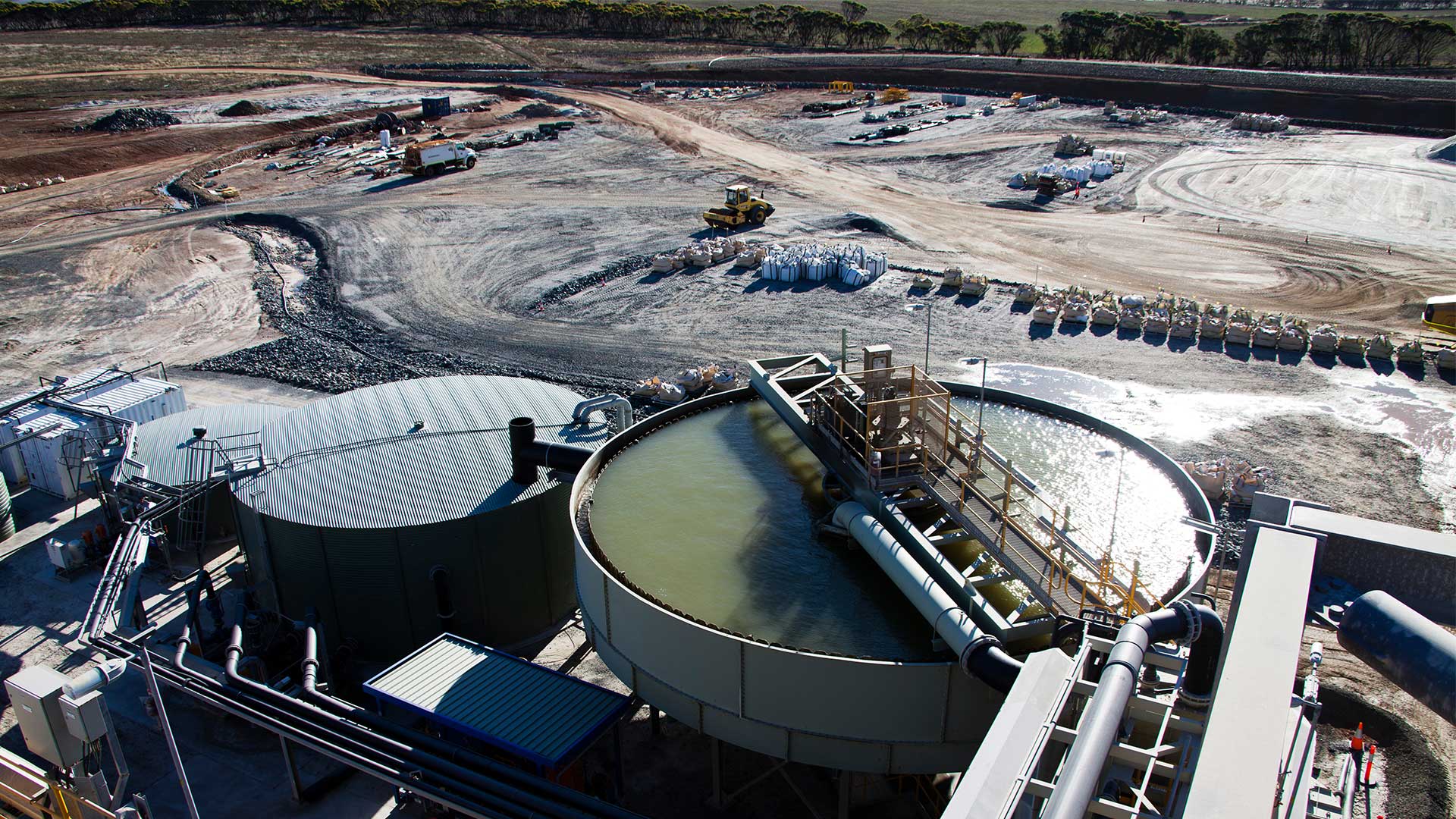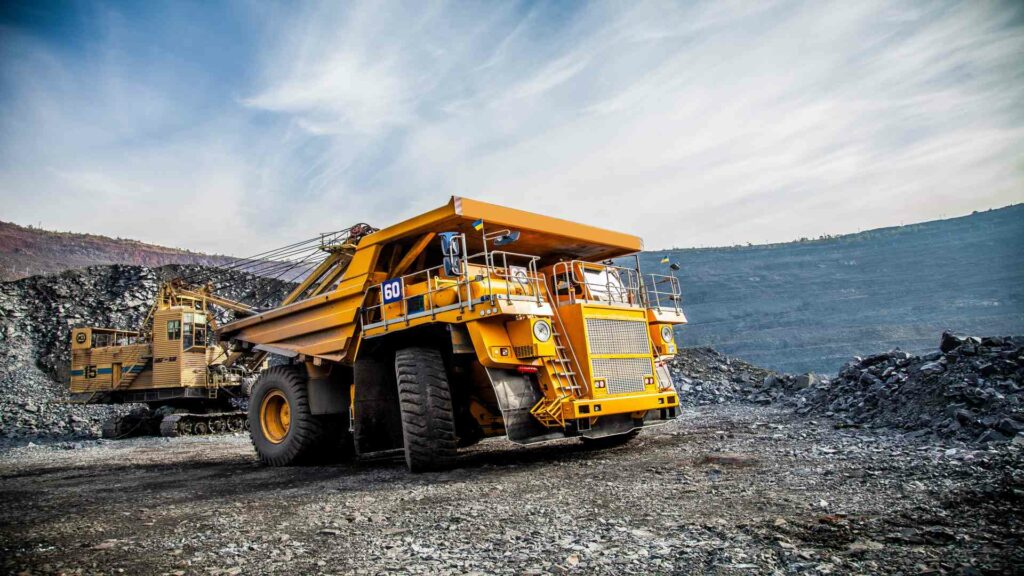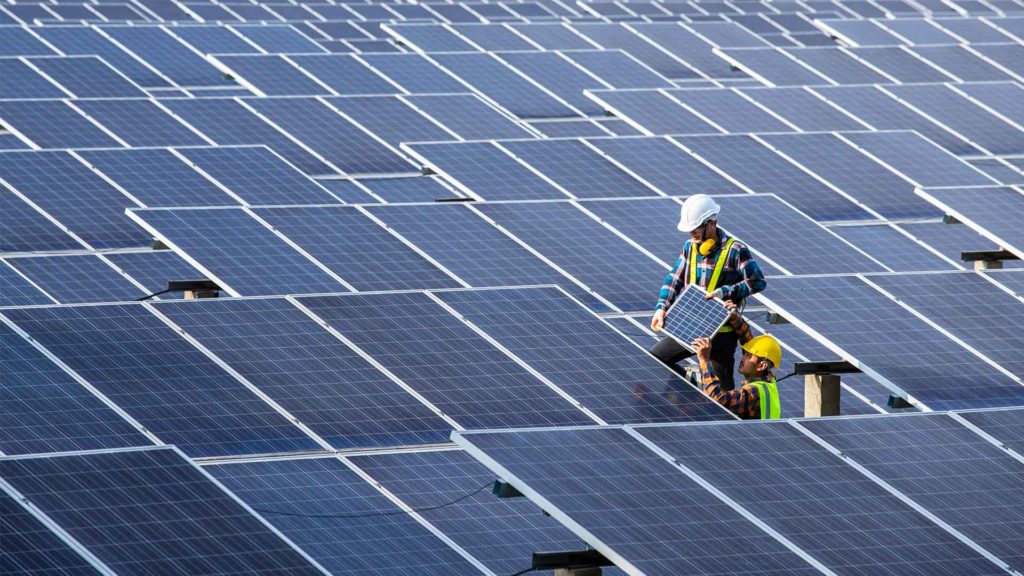Valjevo Project and Sustainable Mining
Sustainable Boron and Lithium mining: Borates and lithium are essential for decarbonization, advanced energy, and food security. The extraction and production of these critical minerals need to respect sustainable principles to satisfy multiple stakeholders, local interest groups, and residents. A case in point is Valjevo in Serbia, where locals have successfully halted the Valjevo project until February 2022 until officials are satisfied sustainable practices will be put in place.

Sustainable Lithium Boron Mining (image is a lithium plant in Australia – not Valjevo)
Valjevo Project
A cornerstone project owned by Canada-based Euro Lithium, the Valjevo project is located approximately 10km outside of Valjevo, Serbia, Euro Lithium has a pair of mineral exploration licenses that are believed to contain significant deposits of borates, lithium, and other essential raw materials.
Until halted late in 2021, the production schedule aligns with a global shortage of lithium supply for the medium to long term. The first part of the project was initially planned to involve regulating the bed of the Obnica River and other works in the river basin to raise flood protection.
In KPZ “Valjevo”, the second major part of the proposed work was to construct a new bridge 02 at the entrance zone. Mobile flood protection systems are to be installed at the KPZ “Valjevo “entrance, and drainage works are carried out within the KPZ “Valjevo “.
Euro Lithium planned to extract lithium from clay. The Valjevo lithium deposits have a relatively low lithium concentration, similar to geothermal brines, but the resource’s size and the production scalability make them particularly attractive.
Deposits are eight kilometres in length and four kilometres of width at the Valjevo deposit, so it has quite a large footprint and is, in fact, one of the world’s largest lithium deposits. A lithium-bearing clay-like Valjevo’s has a much higher lithium concentration than, for example, a hard rock deposit that contains 10,000 parts per million of lithium and has a limited production capacity.
Temporary Ban
‘March’, a local environmental pressure group, won a temporary ban on exploration in the Val Monica basin when Euro Lithium Balkan’s research license expired on October 31.
Legal representative, Sreten Đorđević, says: “We have joined the procedure before the Ministry of Mining and Energy in which we are asking for the licenses of the company Euro Lithium Balkan not to be renewed. And we have provided evidence for that.”
The March from Kolubara (Marš sa Kolubare) movement pointed to large amounts of hazardous and polluting substances in the water caused by exploration activities of the subsidiary of the Canadian company Euro Lithium and Borates.
Locals are worried about excessive concentrations of boron, sodium, and iron. The water was also polluted in the artesian well of the Arbajter family, where the concentration of boron was found to be two and a half times higher than allowed.
“Drilling causes the mixing of water from the depths with surface waters, which is dangerous for the supply of Valjevo itself,” said Đorđević. The water analysis was performed by the Institute of Chemistry, Technology and Metallurgy of the University of Belgrade.
Permit to Expire End February 0222
The following permit for Euro Lithium expires in February, and the movement is working to gather evidence. A spokesman says: “The ultimate goal is to suspend the project because the damage has already occurred here. The Valjevo basin with 49 wells is a most endangered point after Nedeljice,”
In contrast to the blocked roads and demonstrations that led to the Rio Tinto project’s halting in the Jadar Valley, the March from Kolubara movement is based on legal action to protect “estates, health and property rights.”
What Should Mining Companies Do?
Mining has made great strides toward becoming more environmentally friendly, but it still consumes significant resources – water, land, carbon, and energy – and often harms the environment. Incorrectly managed damage can last for decades after mining operations have ceased, make the land more susceptible to natural processes like soil erosion, and worsen after the equipment is removed.
Experts and individuals from within and outside the mining industry are pushing the industry to take a closer look at how it can reduce its carbon footprint as industries and governments around the world try to reduce carbon output and environmental impacts.
Five ways the mining industry can reduce its environmental impact and make its practices more sustainable.
-
Lower Impact Mining
Several traditional mining techniques can harm the environment, and some of the most common methods – like open pit and underground mining – pose some of the most significant threats.
In-situ leaching is one of the new, low-impact mining techniques mining companies can use to reduce their environmental impact.
Companies can reduce surface disturbance at mining sites, minimise soil erosion and backfill less material with many of these techniques. When interference is minimised, the site can be prepared quickly for revegetation or rehabilitation, which reduces environmental impact.
-
Reuse Mining Waste
Tailings, rocks, and wastewater are produced as part of the mining process. When mining operations cease, waste is often left behind – or, in the case of tailings, prone to failure in large structures such as tailings dams, causing severe environmental damage.
Nearly every type of mining waste can be recycled on-site in one or more ways.
During simple on-site construction, companies can use waste rocks to backfill voids and reconstruct mined terrain in a way that prevents soil erosion.
The water from mines can be used in just about any way – for agriculture, as a coolant, on-site dust suppression.
The tailings left behind at mine sites or stored in large tailings dams, which are often toxic, can be repurposed in an eco-friendly manner. Depending on their mineral and chemical composition, tailings can be used in various ways, such as brickmaking, paint extending or agroforestry.
Some new technologies have made it possible to mine further from these tailings, which reduces the overall amount of waste in tailings dams and reduces the number of minerals left behind on mining sites.
Currently, not all of the applications are economically viable. To make some methods work at scale, the mining industry may need to invest in further research and development.
-
Eco-friendly Equipment
The use of eco-friendly equipment can minimise the impact of mining on the environment.
Battery-operated mining equipment is often powerful enough to replace diesel-powered equipment. Mining operations can significantly reduce their CO2 when possible by replacing diesel engines with electric engines.
More and more mining manufacturers are offering eco-friendly alternatives in the mining industry, which is already moving toward electric equipment. Other companies make more significant commitments – such as Swedish mining gear manufacturer Epiroc, which plans to become 100 per cent electric within the next few years.
By switching to electric mining equipment, mining companies would save a lot of carbon.
Sustainable businesses would also invest in more advanced, durable equipment that lasts longer, reducing machinery turnover and decreasing the resources needed. As equipment breaks down, increased durability can also reduce environmental costs associated with damaged equipment – as rubber or plastic shed.
Changing to tires with better longevity and ROI in rock-strewn environments, for instance, could reduce mining operations’ rubber and plastic consumption while at the same time decreasing equipment costs.
-
Rehabilitate Mining Sites
Modern mining techniques disrupt the environment in many ways, like removing the topsoil layer necessary for plant growth and raising soil acidity, making the area uninhabitable for new vegetation and prone to soil erosion.
It is even more problematic when this erosion persists after a mining company leaves.
Therefore, many former mine sites are unused by landowners, are unusable by plants and animals, and have become almost impossible to sustain. But these damages aren’t permanent. Land rehabilitation techniques can restore mined land to productive status or accelerate the natural recovery process.
Biosolids can be used to replenish soil that has been depleted, for example. After seeding and watering, soil containing biosolids can produce vegetation capable of preventing further soil erosion within as few as 12 weeks. It’s possible to significantly reduce the impact of mining if other rehabilitative techniques are used – such as filling excavated areas with waste rocks.
Alcoa, an Australian mining company, has gone even further, implementing large-scale reforestation programs that aim to replant the entire local vegetation and fauna present at the site before mining operations.
-
Shut Down Unsustainable Mine Projects
For example, around 14,000 people are currently involved in illegal mining in South Africa. Illegal mining is still a significant issue for the industry. Mines are illegally operated in those areas on lands that are not suited to large-scale mining without regard to regulations aimed at reducing the environmental impact of mining.
It is essential to avoid illegal or unregulated mining operations to ensure accountability.
Why Lithium and Boron are in Demand
Boron
Boric oxide (B2O3) combines with oxygen to form boric acid and forms compounds with other elements making inorganic salts known as borates (Natural minerals containing boron are known as borates). Examples include borax, probertite, ulexite, searlesite, and others. As a result of geological difficulty, borate is only produced in a few locations around the globe despite its importance to modern life and carbon neutrality.
Borates accounted for 4.2 million tonnes of global demand in 2018, up 7.4% from 2017. The global market size in 2018 was around USD 3 billion. Borates are in high order due to the world’s increasing population and the development of emerging economies. In terms of markets for borates, Asia occupies the largest share, followed by North America and Europe.
An increasing concern is that there are not enough high-concentration borate deposits worldwide, especially in China, India and Europe. The USA and Turkey supply 80 to 85% of the world’s annual borates demand. The demand for borates will need to be replaced as soon as 2025 assuming a 5% growth rate in annual demand. Due to these factors, the European Union (EU) Commission classified borates as a Critical Raw Material.
Lithium
What is lithium? Minerals (hard rock), salt-water lake beds (brine), and clays are all sources of lithium. Demand for lithium is expected to triple between 2020 and 2025. Supply will likely keep pace with demand during this period. As lithium demand grows, supply will reach its known limits by 2026.
The critical role of lithium in the planet’s green evolution is how it is most widely known today. Rechargeable lithium-ion batteries make use of lithium’s high electrochemical potential. Lithium is unlikely to be substituted for any other battery metal (cobalt, manganese, nickel, phosphorus), at least in the short term, because it has the highest energy density.
Mining lithium and processing it into refined products help make lithium-ion batteries and electric vehicles. The refined products include lithium carbonate, hydroxide, lithium sulfate, and lithium metal.
The electrification of the global economy and the advancement of Electric Vehicles (EVs) are dependent on lithium-ion batteries. In 2020 and 2025, Bloomberg New Energy Finance expects EV sales to grow from 1 in 20 (5%) to 1 in 10 (10%) of global passenger vehicle sales. Between 2025 and 2030, the EV market is expected to grow to one in four (25%) and over one in two (57%) by 2040.





